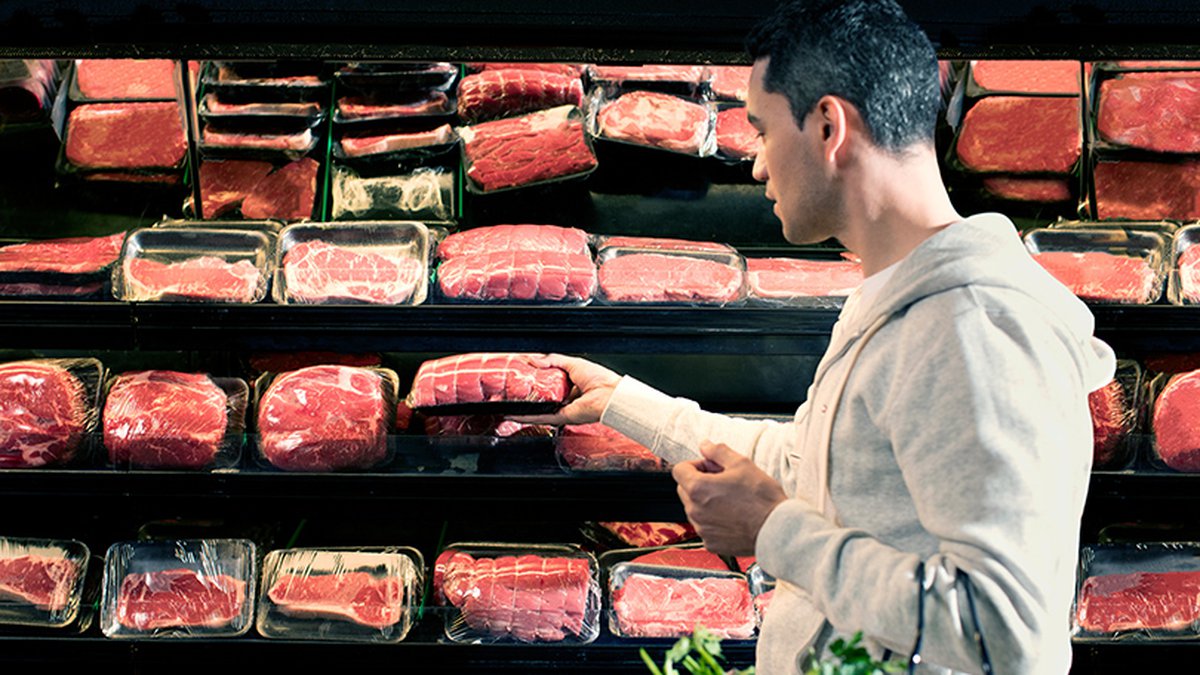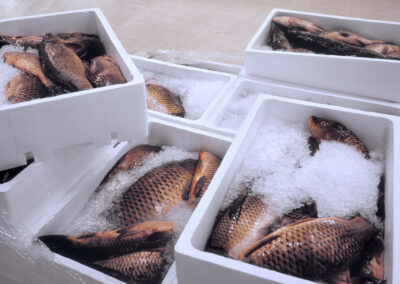Sustainability is a word that reverberates through every facet of our modern lives. In our bid to understand and appreciate its dimensions, we often speak of the ‘Three Rs’: Reduce, Reuse, and Recycle. While recycling has been the poster child for environmental consciousness, it’s the concept of ‘Reduce’—particularly in the context of food wastage—that needs renewed attention. Here’s why.
The Essential Role of Livestock and Produce Industries
Livestock and produce play foundational roles in the global food system. Their contributions sustain countless communities and economies around the world.
Livestock’s Significance:
- Nutrient Cycle Livestock helps maintain the health of soil by aiding in nutrient cycling. Their manure acts as a natural fertilizer, enriching the ground.
- Biodiversity Grazing livestock can promote biodiversity in pastures, encouraging the growth of various flora and fauna.
- Cultural and Economic Pillars From dairy to meat, livestock farming forms an essential economic and cultural pillar for many societies globally.
Produce’s Contribution:
- Nutritional Essentials Fruits, vegetables, and grains form the bedrock of a balanced diet, providing essential vitamins, minerals, and dietary fiber.
- Biodiverse Ecosystems Fields of diverse crops promote varied ecosystems, supporting different insect and bird species.
- Economic Value From small family farms to vast agricultural enterprises, produce farming offers employment to millions.
The Environmental Expenditure
These industries, while indispensable, do come with their environmental costs, a reality of any large-scale production system.
Livestock farming requires land and water—both for the animals and to cultivate their feed. Their lifecycle also produces methane, albeit as a natural digestive byproduct. Similarly, produce farming depends heavily on water, land, and occasionally pesticides to yield the bounties we enjoy.
But here’s the crucial point: these environmental expenses are not inherently negative. They’re the price of feeding a rapidly growing global population. Problems arise when the outcomes of these endeavors—delicious steaks, juicy fruits, vibrant vegetables—are carelessly discarded, rendering the environmental outlay in vain.
The Power of Waste Reduction
In the interconnected world of food production, sales, and consumption, waste reduction plays a significant role, perhaps more than we often realize. One might wonder, how can such a seemingly small component—the absorbent pad—be instrumental in this critical mission? Let’s take a moment to dissect the impressive influence of absorbent pads in ensuring our food remains appetizing and ultimately finds its way to our plates, rather than landfills.
Keeping Food Appealing and Fresh
1. Aesthetic Freshness: The first thing consumers often notice is the appearance of food. Absorbent pads in meat trays absorb excess moisture, ensuring that the meat maintains its vibrant, fresh color for longer. No one likes the look of a soggy, wet produce tray or a meat tray with a pool of liquid. By maintaining the aesthetic freshness, these pads significantly enhance the likelihood of purchase.
2. Enhanced Taste and Texture: Excess moisture can not only impact the look but also the taste and texture of food. For meats, a moist environment can accelerate microbial growth, which can affect flavor. Similarly, for produce, excess moisture can lead to a mushy texture. Absorbent pads ensure that the food retains its intended taste and texture, making for a pleasant dining experience.
Extending the Life of Food
3. Delaying Spoilage: The main culprits behind food spoilage are often bacteria and mold, which thrive in damp environments. By effectively removing excess moisture, absorbent pads create an environment where these spoilage organisms struggle to multiply. This, in turn, means an extended shelf life for both meats and produce, giving consumers a broader window to enjoy their purchases.
4. Economical for Consumers: Longer-lasting food means fewer trips to the grocery store and less frequent purchases. Not only does this translate to cost savings for the consumer, but it also means fewer transportation-related emissions as people shop less frequently.
Reducing the Impact on Our Planet
5. Less Waste, More Value: Every discarded piece of food represents wasted resources—water, land, energy, and more. When absorbent pads help ensure food products are consumed rather than thrown away, they’re indirectly conserving all the resources that went into producing that food.
6. Keeping Landfills Leaner: When food ends up in stomachs instead of trash bins, our landfills remain leaner. As we know, decomposing food waste in landfills produces methane, a potent greenhouse gas. By reducing the amount of food waste that reaches landfills, absorbent pads play a part in decreasing methane emissions.
Let’s Broaden Our Sustainability Aperture
While there’s immense value in promoting recyclable packaging and other eco-friendly solutions, we must equally prioritize reducing food wastage. Only then do we truly respect the environmental input that goes into food production.
The story isn’t about the footprint of the livestock or produce industries. It’s about ensuring that their indispensable contributions don’t end in wastage. It’s about acknowledging the balance of feeding the world while preserving our planet.
Conclusion
A holistic approach to sustainability recognizes the interconnectedness of our actions. By championing solutions that reduce food wastage, we’re not only conserving resources but also valuing the immense effort and environmental input of industries that sustain us.
Dive deeper into how innovations like absorbent pads play a pivotal role in this narrative, through our technical blogs or by connecting with the Novipax team.


